Description
Cefixime is a third-generation cephalosporin antibiotic that works by blocking bacterial cell wall synthesis. It binds to penicillin-binding proteins (PBPs), causing the bacterial cell wall to weaken and eventually leading to bacterial death. It is active against a wide range of gram-positive and gram-negative bacteria, making it useful for treating many bacterial infections.
Uses
-
Respiratory tract infections (bronchitis, pneumonia).
-
Urinary tract infections (UTIs).
-
Otitis media (middle ear infections).
-
Skin and soft tissue infections.
-
Pharyngitis and tonsillitis (Streptococcus pyogenes).
-
Gonorrhea (uncomplicated).
-
Uncomplicated cystitis in females.
Dosage
-
Adults & Children >12 years: As prescribed by the doctor.
-
Children (6 months–12 years): Dose based on weight/age, as directed by a healthcare provider.
-
Gonorrhea: Specific dosing as prescribed.
-
Always follow your doctor’s instructions and complete the full course.
How to Use
-
Take once daily or as directed by your doctor.
-
Shake the bottle well before use.
-
Use the provided measuring cup/spoon for accuracy.
-
Can be taken with or without food (taking with food may reduce stomach upset).
Missed Dose
-
Take as soon as you remember.
-
If it’s close to the next dose, skip the missed one.
-
Do not double dose.
Overdose
Symptoms may include nausea, vomiting, abdominal pain, diarrhea.
Seek immediate medical attention if overdose is suspected.
When Not to Use
Avoid Cefixime if you:
-
Are allergic to Cefixime, cephalosporins, or penicillins.
-
Have a history of severe allergic reactions (e.g., anaphylaxis).
-
Have ongoing colitis or severe diarrhea from prior antibiotics.
Side Effects
Common:
-
Diarrhea, nausea, vomiting.
-
Abdominal pain, headache, dizziness.
-
Skin rash or mild allergic reactions.
Rare but Serious:
-
Severe allergic reaction (swelling, breathing issues).
-
Liver problems (jaundice, unusual tiredness).
Precautions & Warnings
-
Use with caution in kidney disease (dose adjustment may be needed).
-
May cross-react in patients allergic to penicillin.
-
Pregnant or breastfeeding women should consult a doctor.
-
Inform your doctor of any gastrointestinal history (e.g., colitis).
Drug Interactions
-
Antacids (magnesium/aluminum) & iron supplements → reduce absorption.
-
Blood thinners (e.g., Warfarin) → increased bleeding risk.
-
Probenecid → increases Cefixime levels in blood.
-
May reduce effectiveness of live bacterial vaccines (e.g., Typhoid).
Food Interactions
-
Food may slightly delay absorption but does not reduce effectiveness.
-
Avoid alcohol (may increase stomach upset).
-
Limit excessive dairy/calcium-rich foods as they may interfere with absorption.
Storage & Disposal
-
Store at room temperature, away from heat, light, and moisture.
-
Do not refrigerate or freeze.
-
Keep out of reach of children.
-
Discard expired or leftover syrup as per local guidelines.
Quick Tips
-
Shake bottle before each use.
-
Use the provided measuring spoon/cup.
-
Take the full course, even if symptoms improve.
-
Report persistent diarrhea, rash, or unusual tiredness to your doctor.
Laboratory Screening
-
Routine screening not required.
-
May be recommended for kidney function monitoring in at-risk patients.
Doctor’s Review
Dr. Ayesha Rahman, Consultant Pediatrician:
“Cefixime suspension is widely used for respiratory, urinary, and ear infections in children and adults. It is generally well-tolerated, though mild stomach upset or diarrhea can occur. Proper dosing and completing the course are key to avoiding resistance.”
Disclaimer
This information is provided for educational purposes only. It should not replace the advice of a qualified healthcare professional. Always consult your doctor before starting or stopping any medication.

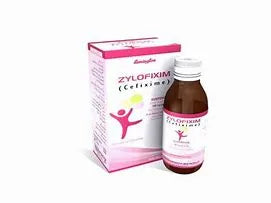
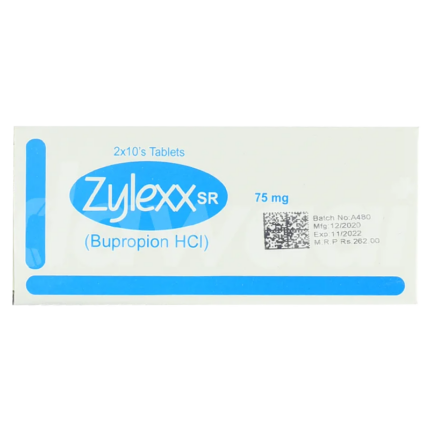
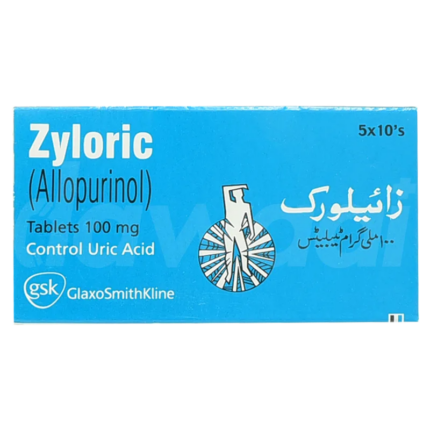
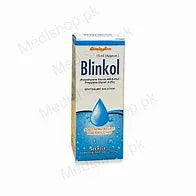
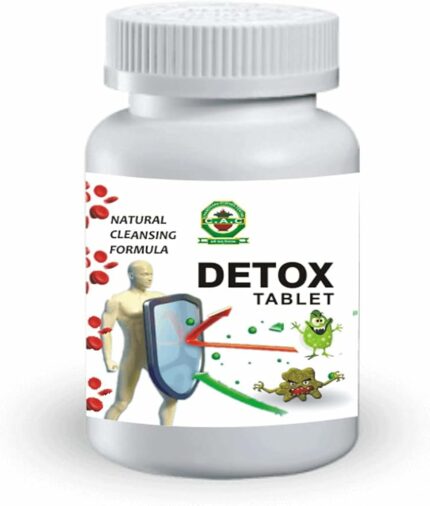
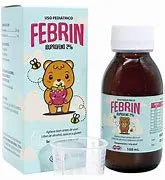
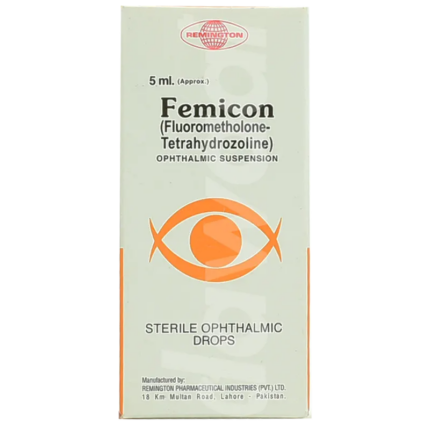
Reviews
There are no reviews yet.